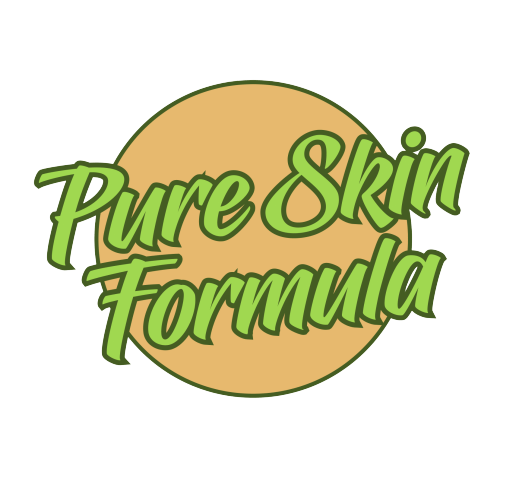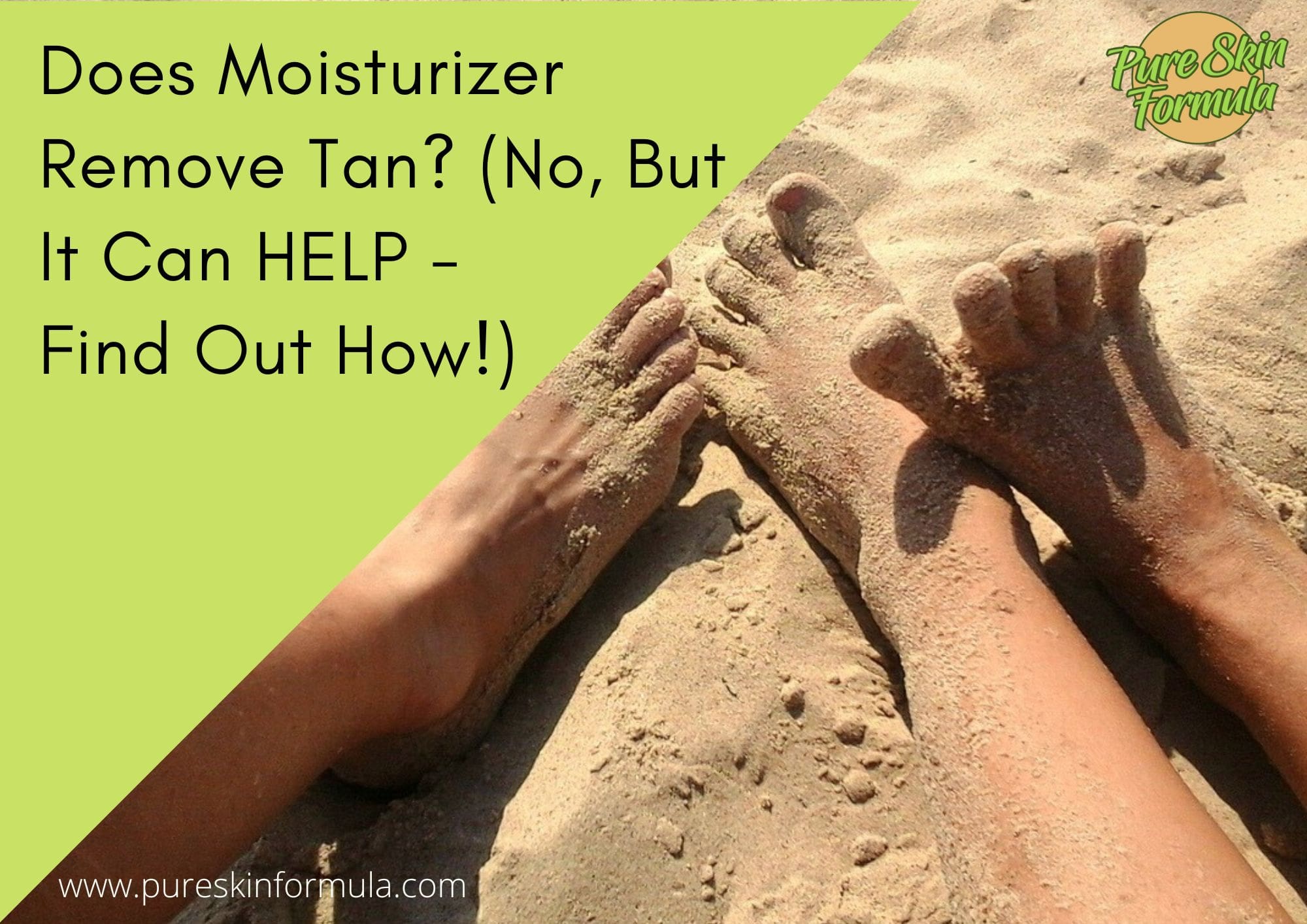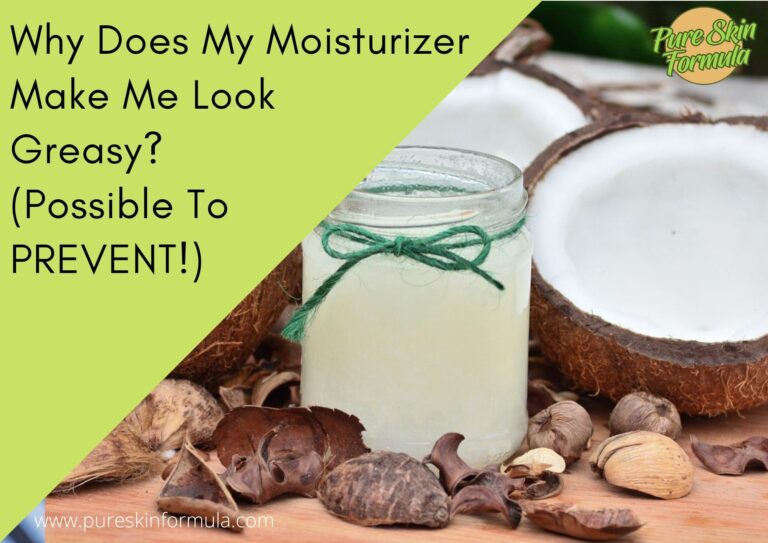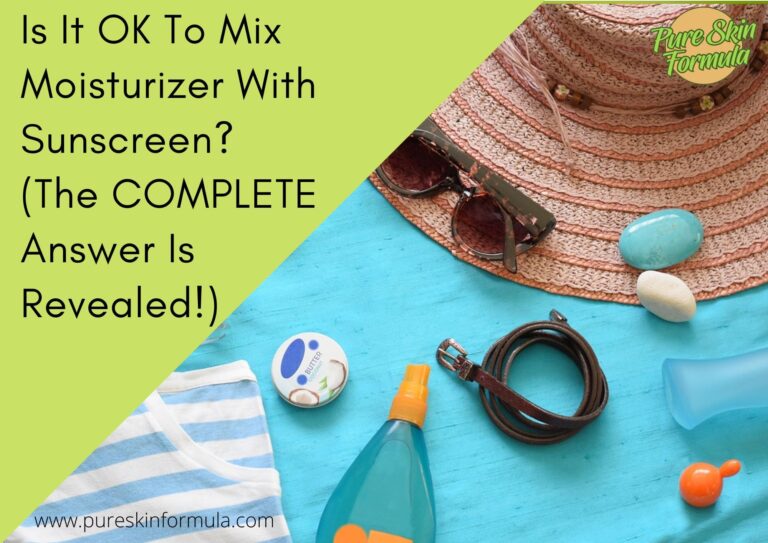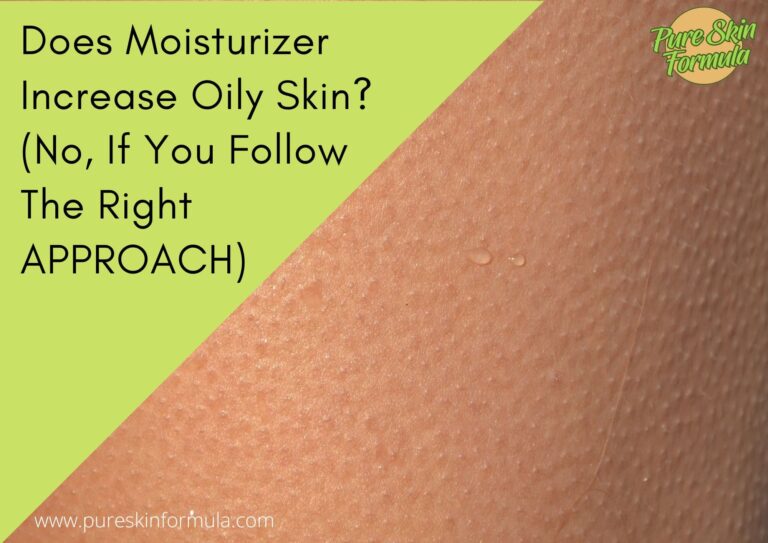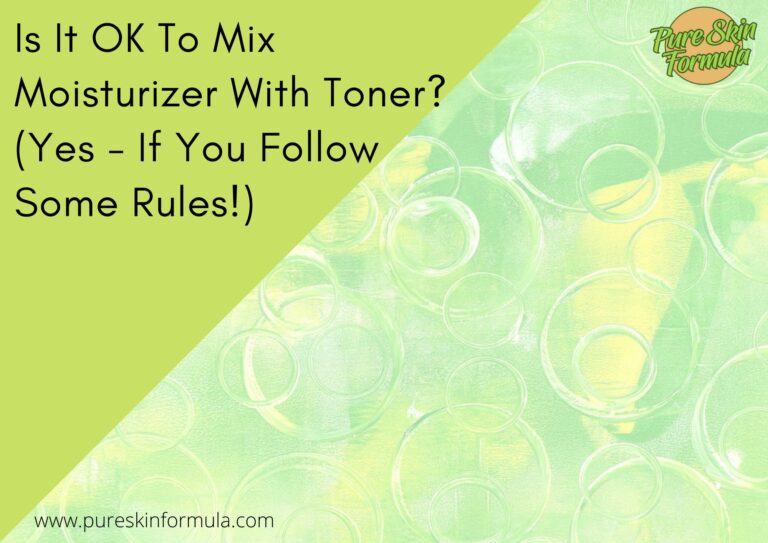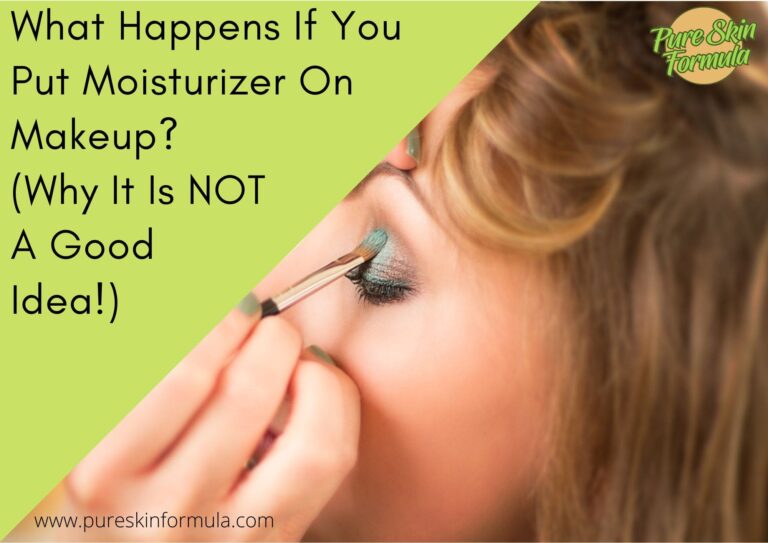You may have experienced the following: prolonged contact or exposure to the sun, causing sunburn or sun tan. As a result, you didn’t like how your skin looks like.
You wanted a less intense skin tan. And here comes the question: can you use some of your hydrating skincare products to fix that issue? Let’s find out.
Does moisturizer remove tan?
No, it doesn’t. The moisturizer is not designed to do that. But it can help in two ways:
- The moisturizers have ingredients that can help speed up the process of tan fading.
- Moisturizers can promote natural exfoliation, removing dead skin cells containing melanin.
Several factors can influence how effective a moisturizer can be. It depends on the type of moisturizer, your skin type, how often you apply it, and how severe is the skin tan.
Let’s go into detail below.
What should we know about the tan?
Human skin comprises three main layers – epidermis, dermis and hypodermis. The epidermis is the uppermost of these.
It is fragile and consists of many layers of stratified epithelium, most of its cells being dead. The top layer is our first protective barrier. It also protects us from germs and other invisible enemies.
The epidermis has no blood vessels, just like the stratum corneum. However, it contains many vital cells called melanocytes. They produce the pigment melanin found in many places in our bodies.
The sun’s rays that reach the earth include several types of ultraviolet (UV) rays, which differ in wavelength.
UVA rays, which penetrate deep into the skin and are responsible for skin aging (pigment spots, wrinkles, etc.);
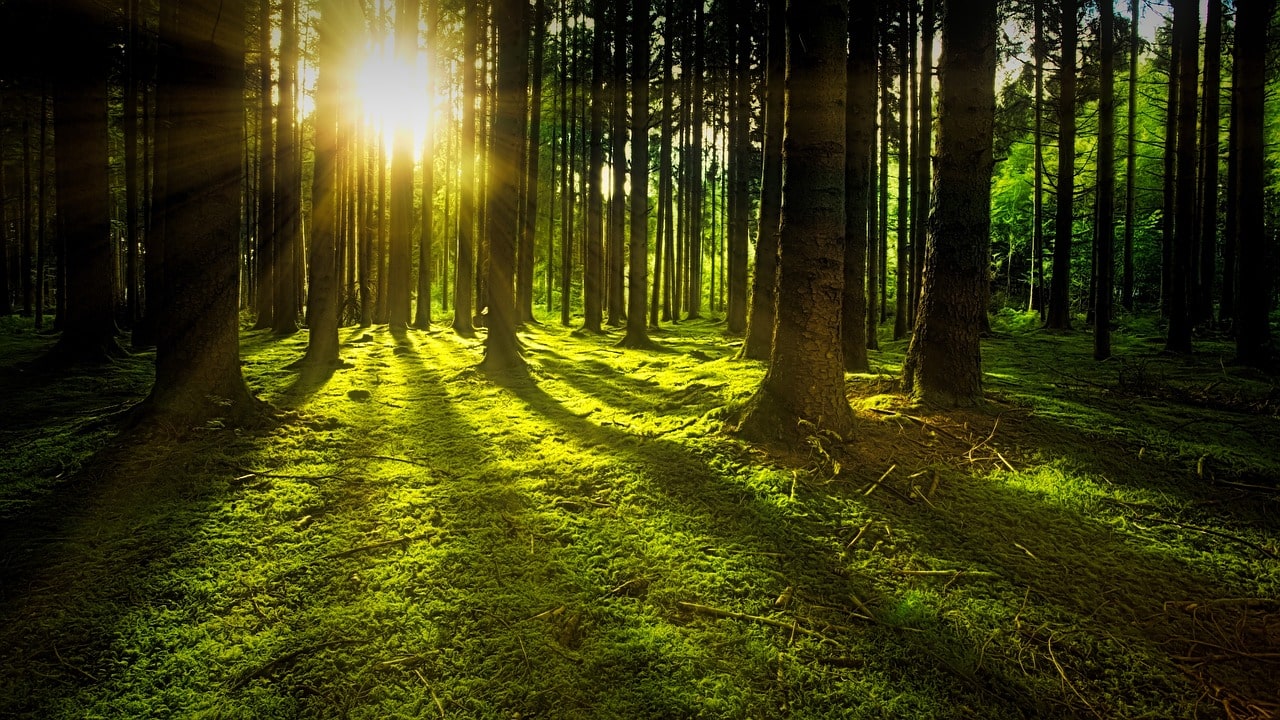
UVB rays remain on the surface and can burn the skin. They are responsible for sunburn and some cancers.
A-rays (UVA) have a wavelength of 400 to 315 nanometers, and B-rays (UVB) range from 315 to 280.
The shade can be as preferable as it is harmful. In the last 10-20 years, it has been highly fashionable to be artificially dull.
Risks and benefits of having a tan
Tan, unfortunately, carries significant risks, which youngsters mainly abuse.
Human skin has a specific limit to direct sun exposure. People with lighter skin, whose sun exposure capacity is about 50 000 hours over their lifetime. The limit for people with darker skin is a maximum of 180 000 hours. Brown people, on the other hand, have 100 000 hours.
Some people with more sensitive skin may also experience sun allergies. They often result from a mix between solid sun and improper cosmetics.
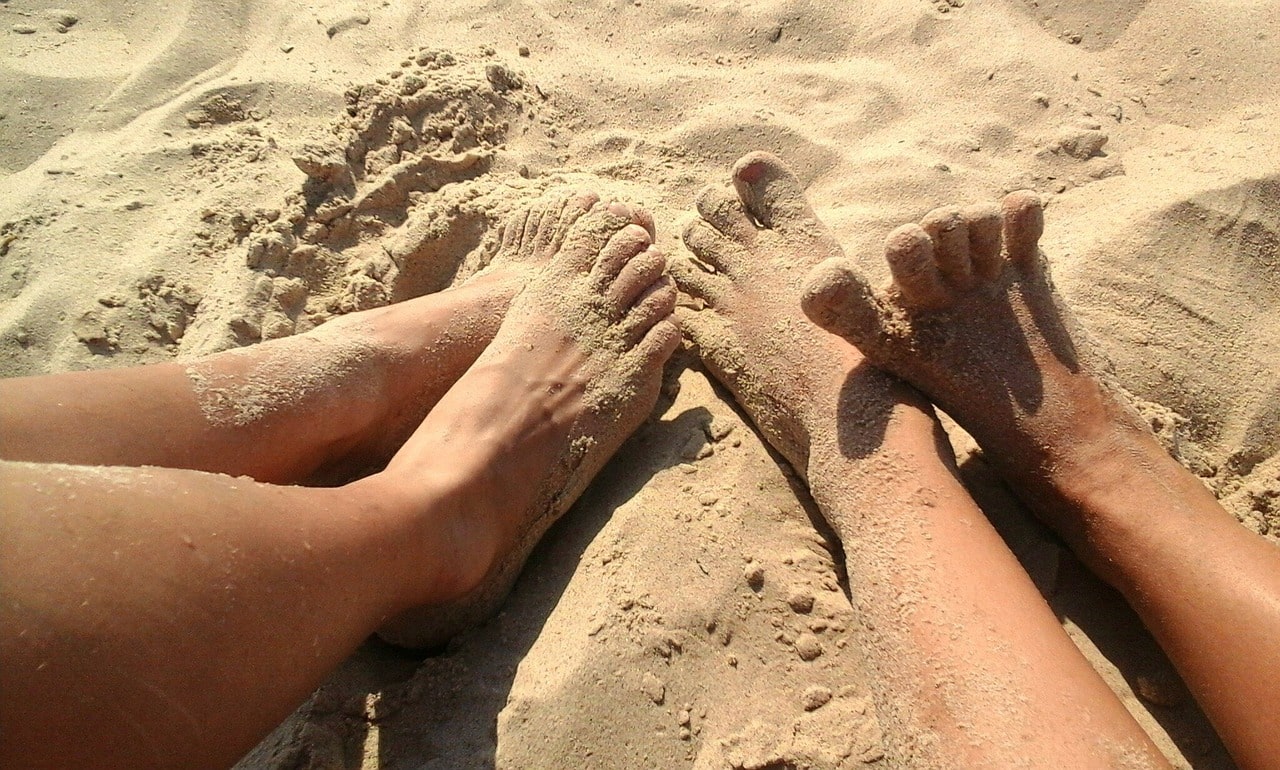
As for the benefits, the sun’s rays can be beneficial and even curative. They provide us with the necessary amount of vitamin D after just 15 minutes.
Sunlight can Increase the production of nitric oxide, thus reducing blood pressure.
Tan can reduce some skin conditions, like acne outbreaks.
You should take protective ointments and accessories such as sunglasses and a hat.
But why are moisturizers not the most appropriate ways to remove tan?
The difference between moisturizers and tan-removing creams
A moisturizing product is an emulsion. It is a dispersion of two or more immiscible liquids. It is a mixture of liquid substances that cannot and would not naturally mix.
For the most part, emulsions are a mixture between water and an oil element that is achieved by using an active agent to help reduce the surface tension of the water.
There are two core types of emulsions.
The oil-in-water emulsion is suitable for normal to combination skin. It has around 75% water and 20% oil in its formula, while the emulsifier is 5%. It is more suitable for oily skin, which you should consider.

The water-in-oil emulsion is suitable for dry skin. The formula has 30-40% oil and 50 – 65% water.
Why is this important? Because neither water nor oils can significantly help you reduce your tan.
What about tan-removing products? They are emulsions as well, but in addition to water and oils, they have specific ingredients that can help deal with the undesired tan.
For example, some of them can penetrate the deeper layers of the skin to inhibit the enzymatic activities that cause melanin production.
How can moisturizer still help me to remove a tan?
Well, some moisturizers may be enriched with substances which can play a role in this process.
Below are some ingredients you should search for in the product’s formula.
Vitamin C brightens your skin, reducing the appearance of dark spots and hyperpigmentation.
It is easily absorbed by the skin and blocks the ill effects of UV light and polluted air. Vitamin C prevents inflammation, which helps heal wounds and soothes the redness of the skin.
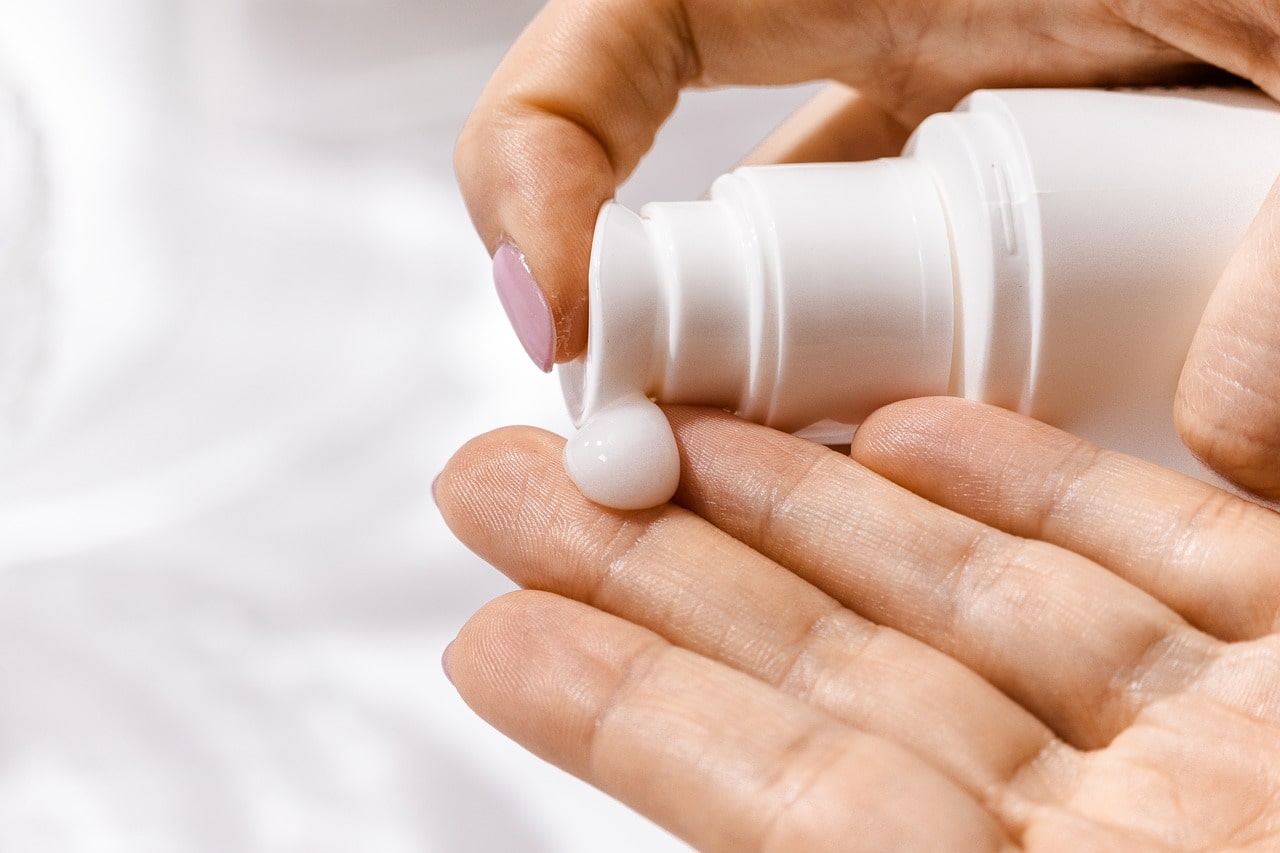
Niacinamide, also known as nicotinamide or vitamin B3, is a water-soluble B vitamin that plays an essential role in many aspects of the body’s vital functions, such as digestion and brain function.
Niacinamide strengthens the skin’s protective barrier, builds proteins, and locks in moisture to protect it from environmental stressors such as pollution and UV rays.
But most important, it increases skin brightness by reducing the production of melanin, which causes dark spots.
Kojic acid is a crystalline powder from a fungus (a type of mushroom) in Asia.
It has been used in Japan for many years as a natural substitute for hydroquinone and is highly effective for skin whitening.
It works by inhibiting the function of tyrosinase, an enzyme necessary for the formation of the brown pigment melanin.
It also has an antioxidant effect and works against skin damage from the sun’s rays.
Alpha hydroxy acids (AHAs) are chemical peels that remove the dead skin layers with excess melanin. There are seven types of AHAs:
- Citric acid (from citrus fruits);
- Glycolic acid (from sugar cane);
- Hydroxycaproic acid (from royal jelly);
- Hydroxycaprylic acid (from animals);
- Lactic acid (from lactose or other carbohydrates);
- Malic acid (from fruit);
- Tartaric acid (from grapes)
How to properly apply the moisturizer?
If you want to test if a moisturizer with some of the above substances will help you remove (part of) your tan, try the following steps:
- Cleanse your skin thoroughly with a gentle cleanser to remove any dirt, oil, or impurities blocking the skin’s natural exfoliation process.
- Pat your skin dry with a clean towel.
- Apply the product to your skin, focusing on the areas most affected by the tan.
- Gently massage the moisturizer into your skin in circular motions, using your fingertips or a soft cloth.
- Allow the moisturizer to absorb fully into your skin before applying any other skincare products or makeup.
- Repeat this process to see if the tan will fade away.
To wrap it up
While moisturizer alone cannot altogether remove a tan, it can be a helpful addition to your skincare routine to speed up the process of tan fading and reduce the appearance of uneven skin tone.
Skincare routine includes regular and consistent application of moisturizer to promote natural exfoliation and improve the skin’s overall health.
Moisturizers can also help soothe and hydrate sun-damaged skin, reducing the appearance of dark patches and uneven skin tone caused by tanning.
Additionally, using a moisturizer with ingredients such as vitamin C or niacinamide can help brighten the skin and reduce the appearance of hyperpigmentation caused by tanning.
Thank you for reading!
Valeria
